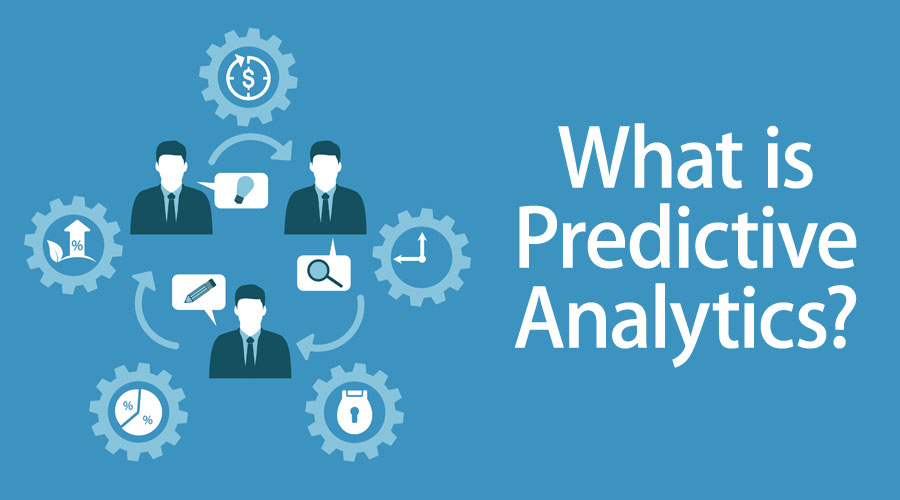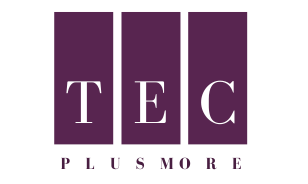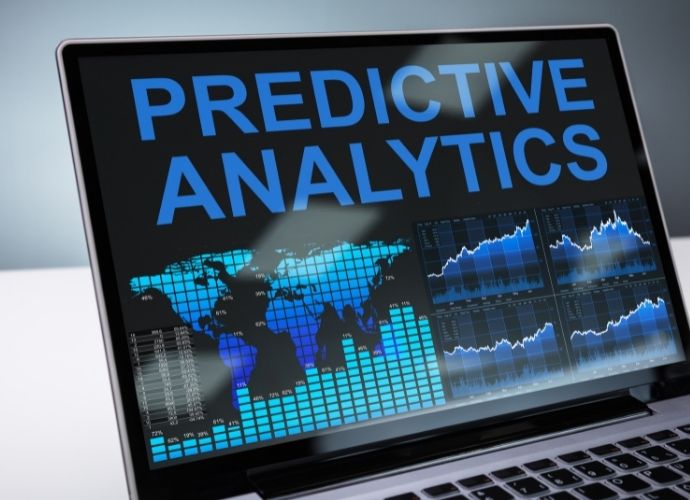
A subset of advanced analytics called predictive analytics uses historical data along with statistical modeling, data mining, and machine learning to forecast future results.
Using trends in this data, businesses use predictive analytics to spot dangers and opportunities. Big data and data science are frequently linked with predictive analytics.
Companies are currently flooded with data, which can range from log files to photos and video and is stored in various data repositories across an organization.
Data scientists employ deep learning and machine learning algorithms to detect patterns and forecast future events in order to obtain insights from this data.
Neural networks, decision trees, and logistic and linear regression models are a few of these statistical methods.
Some of these modeling methods build on earlier prediction learnings to derive new predictive understandings.
Predictive modeling types
Models for predictive analytics are created to analyze past data, identify patterns, track trends, and apply that knowledge to forecast future trends.
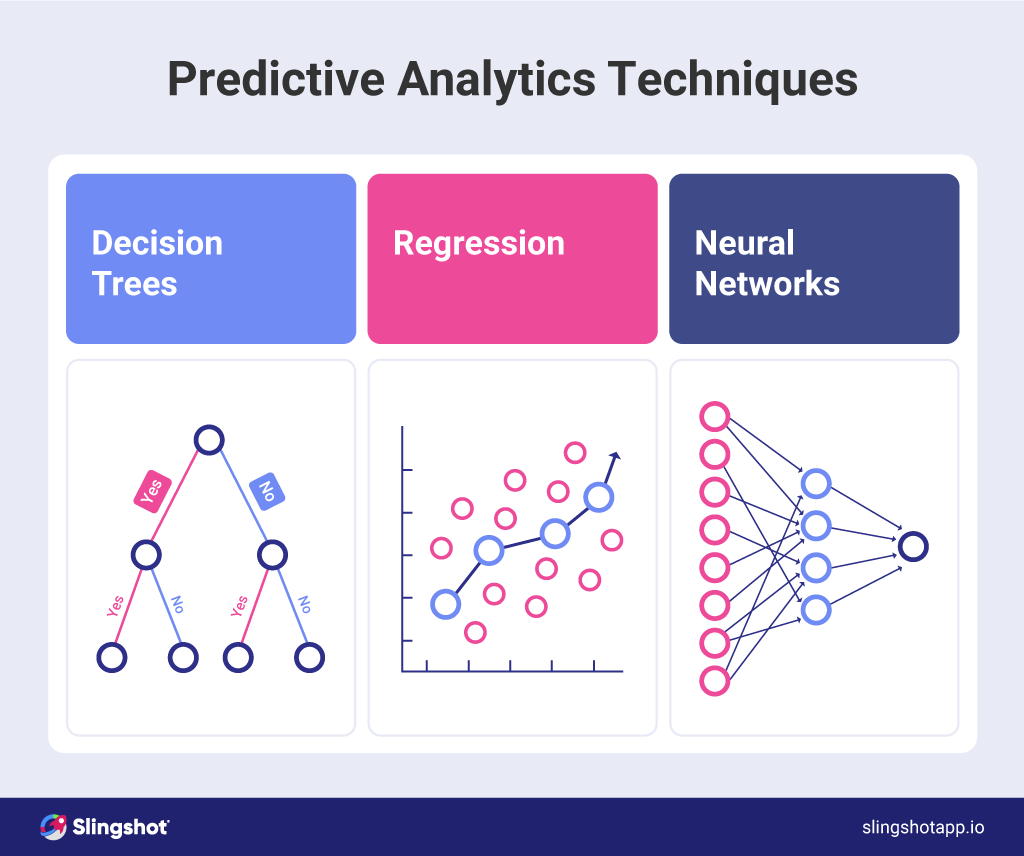
Classification, clustering, and time series models are common predictive analytics models.
The category of supervised machine learning models includes classification models. These models describe relationships within a particular dataset and categorize data based on past data.
This paradigm, for instance, might be applied to the segmentation process by grouping customers or prospects.
As an alternative, it can also be used to provide binary responses to questions, such as true or false or yes or no; common applications for this include fraud detection and credit risk assessment.
Logistic regression, decision trees, random forests, neural networks, and Naive Bayes are examples of categorization models.
Models for clustering are a type of unsupervised learning. They classify data according to comparable qualities.
The approach, for instance, can be used by an online store to categorize clients into groups that have similar characteristics and then create marketing plans for each group.
K-means, mean-shift, density-based spatial clustering of applications with noise (DBSCAN), expectation-maximization (EM) clustering with Gaussian Mixture Models (GMM), and hierarchical clustering are examples of common clustering techniques.
Time series models employ different data inputs at predetermined time intervals, such as daily, weekly, monthly, etc.
When analyzing data for seasonality, trends, and cyclical behavior, it is common practice to display the dependent variable over time.
This can help identify the requirement for particular model types and transformations.
Time series models include the autoregressive (AR), moving average (MA), ARMA, and ARIMA types.
A call center, for instance, might use a time series model to predict how many calls it will get per hour at various times of the day.
5 Actual Examples of Predictive Analytics
- Finance: Future Cash Flow Forecasting
Every company must maintain regular financial records, and predictive analytics can be quite helpful in predicting the future health of your company.
You can predict sales, income, and expenses to create a picture of the future and make decisions by using historical data from prior financial statements as well as data from a larger industry.
The course Financial Accounting, which is a component of CORe, taught by HBS Professor V.G. Narayanan, discusses the value of predicting.
According to Narayanan, managers must plan for the future health of their company by looking ahead.
“This procedure always involves a considerable deal of uncertainty, regardless of the profession in which you work.”
- Entertainment & Hospitality: Choosing the Right Personnel
The use of predictive analytics by the casino and hotel operator Caesars Entertainment to ascertain the venue’s staffing requirements at various periods is one example covered in Business Analytics.
Customer inflow and outflow in the entertainment and hospitality industries depend on a number of variables, all of which affect how many employees a venue or hotel needs at any given time.
Understaffing could lead to a poor customer experience, overworked personnel, and expensive errors while overstaffing costs money.
A team created a multivariate regression model that took into account several characteristics to forecast the number of hotel check-ins on a certain day.
Caesars was able to staff its hotels and casinos to the best of its capacity and prevent overstaffing because of this technique.
- Advertising: Behavior Modification
Consumer data is widely available in marketing and is used to develop content, adverts, and strategies that are more effective at reaching potential customers where they are.
Predictive analytics is the process of looking at past behavioral data and applying it to make future predictions.
In marketing, predictive analytics can be used to anticipate seasonal sales trends and organize promotions accordingly.
You may also forecast a lead’s likelihood of progressing through the sales funnel from awareness to purchase using prior behavioral data.
With a single linear regression model, for instance, you could establish that a lead’s engagement with a given quantity of content offerings accurately predicts whether or not they will eventually become a client.
With this information, you may create tailored advertisements for use at different stages of the consumer lifecycle.
- Manufacturing: Avoiding Failure
While the aforementioned examples employ predictive analytics to make decisions based on probable outcomes, you can also use predictive analytics to stop undesirable or destructive events from happening.
For instance, algorithms can be taught using past data in the manufacturing industry to precisely forecast when a piece of machinery is going to break down.
When the conditions for an impending malfunction are satisfied, the algorithm is activated to notify a worker who can stop the device, possibly saving the business thousands, if not millions, of dollars in lost revenue from damaged goods and repair expenses.
Instead of predicting problem scenarios months or years in advance, our analysis does so in real-time.
Some algorithms even suggest solutions and improvements prevent future issues and boost productivity, saving resources like time, money, and effort.
This is an example of prescriptive analytics; more often than not, one or more forms of analytics are utilized in tandem to solve an issue.
The healthcare sector is another illustration of how algorithms are used for quick, predictive analyses for prevention.
In collaboration with the KeepSmilin4Abbie Foundation, the Harvard University Wyss Institute created a wearable device that can detect anaphylactic allergic reactions and provide life-saving epinephrine automatically.
The AbbieSense sensor recognizes early physiological symptoms of anaphylaxis as predictors of a subsequent reaction, and it does it much more quickly than a human.
An algorithmic response is initiated when a reaction is anticipated. When necessary, the algorithm can estimate how severe the reaction will be, notify the patient and their caretakers, and provide epinephrine automatically.
The technology’s capacity to anticipate the response more quickly than manual detection could result in lifesaving.
Uses Predictive Analytics
Many different industries use predictive analytics as a decision-making tool.
Forecasting
Because it guarantees the most efficient use of resources in a supply chain, forecasting is crucial in the manufacturing industry.
Accurate projections are necessary for the smooth operation of the supply chain’s key spokes, including inventory management and shop floor operations.
The quality of the data utilized for these forecasts is frequently improved and cleaned using predictive modeling.
Modeling makes sure that the system can assimilate additional data, including from operations that interact with customers, to ensure a more precise projection.
Credit
Predictive analytics is widely used in credit rating.
When a person or corporation requests credit, information about their credit history and the credit histories of other borrowers with similar characteristics are used to predict the likelihood that they would not repay any loans they are given.
Underwriting
Predictive analytics and data are crucial to underwriting. Based on the present risk pool of comparable policyholders and prior occurrences that have led to payouts, insurance firms evaluate policy applicants to predict the chance of having to pay out for a future claim.
Actuaries frequently utilize predictive models that take into account traits in comparison to information on previous policyholders and claims.
Marketing
When developing a new campaign, those in this profession consider how customers have reacted to the overall state of the economy.
They can assess if the current selection of products will persuade customers to buy by using these changes in demography.
In contrast, active traders consider a number of indicators based on historical events when determining whether to purchase or sell a security.
Based on historical data, moving averages, bands, and breakpoints are used to predict future price changes.
Detecting fraud
Predictive analytics can be used in the financial sector to look at transactions, patterns, and trends.
An institution can look into any of this conduct if it seems out of the ordinary for fraudulent activity.
This could be achieved by examining activity across bank accounts or by looking at the timing of certain transactions.
Chain of Supply
Inventory levels and pricing strategies are forecasted and managed using supply chain analytics.
Supply chain predictive analytics assess future supply chain performance, demand, and potential disruptions using historical data and statistical models.
This aids organizations in better decision-making, resource, and process optimization, and proactive risk identification and management.
By taking these actions, businesses are able to anticipate what supplies will be available at any particular time and whether there will be any shortages.
Predictive analytics are used by human resources to optimize a number of activities, including predicting future skill and workforce requirements and looking at employee data to determine the causes of high turnover rates.
In addition to predicting diversity or inclusion activities, predictive analytics can assess an employee’s performance, talents, and preferences to forecast their career progression and assist with career development plans.
Machine Learning VS. Predictive Analytics
Predictive analytics and machine learning are frequently confused as being the same thing.
By examining the past, predictive analytics enables us to better understand potential future events.
Predictive analytics, at its heart, employs statistics (both historical and current statistics) to estimate or forecast future events.
These statistical approaches include machine learning, predictive modeling, and data mining.
Contrarily, machine learning is a branch of computer science that is defined as “the programming of a digital computer to behave in a manner that, if done by humans or animals, would be described as involving the process of learning” in Samuel’s 1959 definition (an American pioneer in the fields of computer gaming and artificial intelligence).
What Kind of Predictive Analytics Does Netflix Use?
A corporation like Netflix values data collection highly. It gathers information from its clients based on their actions and previous viewing habits.
Based on their tastes, it uses that information to generate recommendations. The “Because you watched…” listings that you’ll discover on your subscription are created on the basis of this.
What Constitutes Data Analytics’ Three Foundations?
The three pillars of data analytics are as follows:
The requirements of the entity employing the models, the data, and the technology used to analyze it, as well as the actions and insights that follow from the use of this type of analysis, are these.
What Are the Benefits of Predictive Analytics?
Forecasting, risk management, consumer behavior analytics, fraud detection, and operational efficiency are all benefits of predictive analytics.
Organizations can use predictive analytics to enhance decision-making, streamline procedures, and boost productivity.
This area of analytics makes use of data to predict potential future events.
What Model for Predictive Analytics Works Best?
The type of data, the goal of the research, the difficulty of the issue, and the required accuracy of the findings all play a role in determining the appropriate predictive analytics model.
Decision trees, neural networks, clustering, and linear regression are some examples of the best models from which to choose.
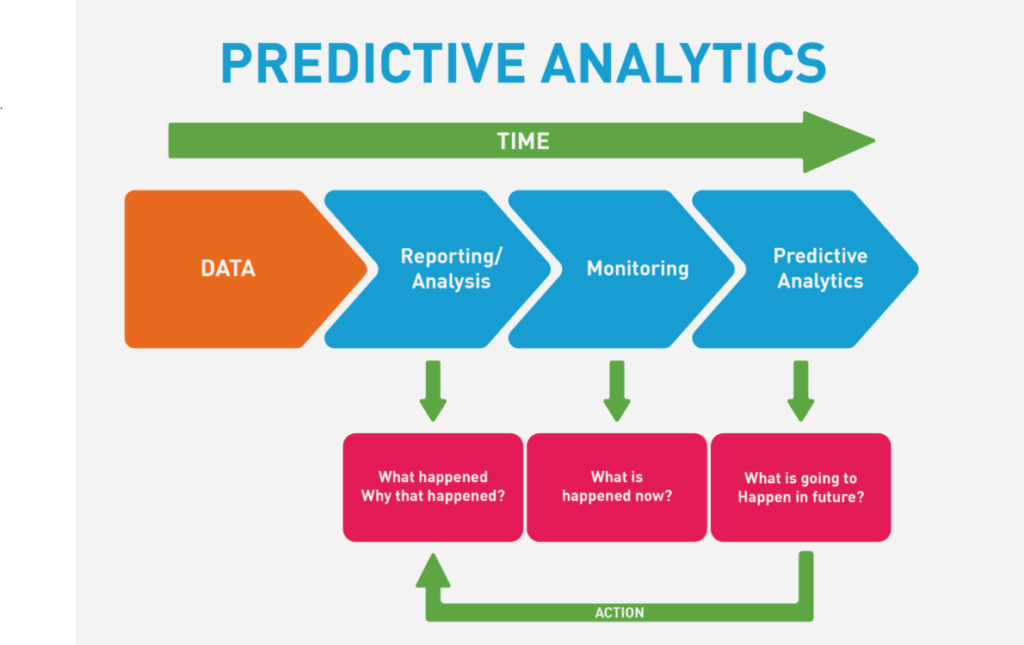
What are examples of predictive analytics?
Sensor reading correlations may be found using predictive analytics algorithms.
For instance, if a machine’s temperature reading and the amount of time it uses high power coincide, the combination of those two values could place the equipment in danger of downtime.
What are the 4 steps in predictive analytics?
All four levels create the puzzle of analytics: describe, diagnose, predict, and prescribe.
Where is predictive analytics used?
Predictive analytics is employed in a variety of industries, including oil and gas, banking, retail, telecommunications, healthcare, pharmaceuticals, insurance, and marketing.
Which tool is used for predictive analysis?
SAS Visual Data Science, SAS Data Science Programming, SAS Visual Data Decisioning, and SAS Visual Machine Learning are among the company’s core offerings for predictive analytics.
What is predictive analytics also known as?
Google Trends shows that over the past five years, interest in predictive analytics has steadily risen.
Business intelligence and predictive analytics, commonly referred to as advanced analytics, are becoming more and more associated.
